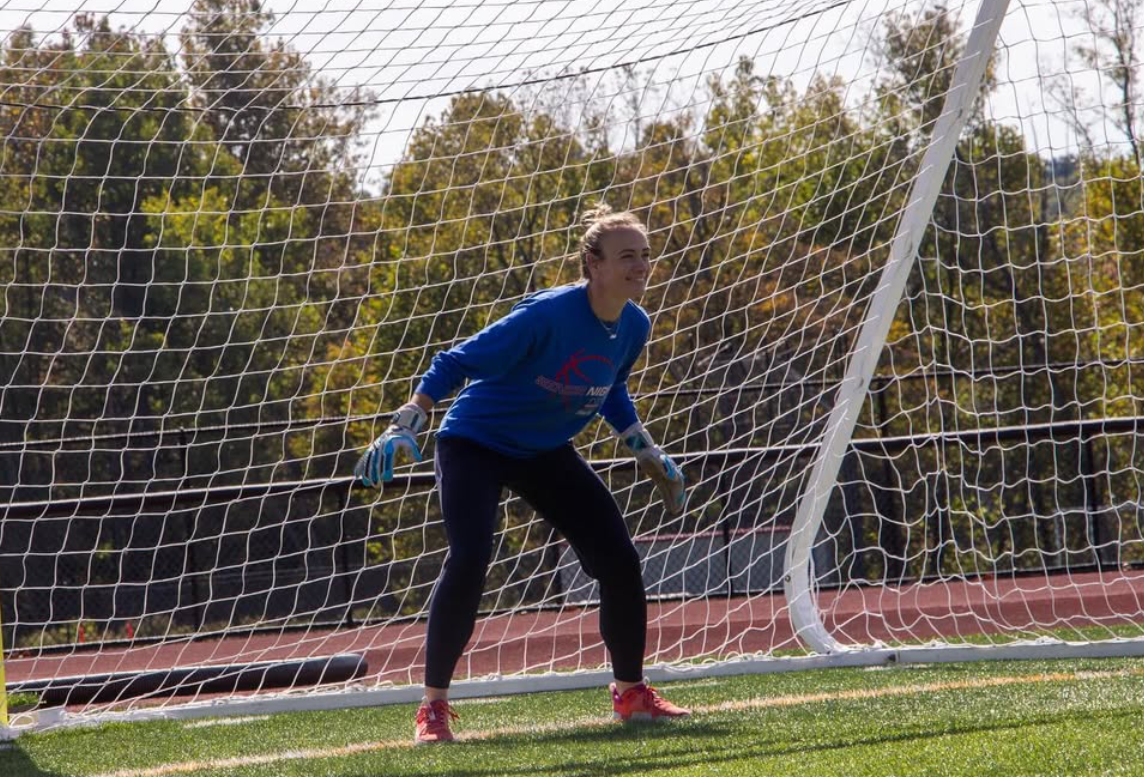WOODBURY — For the past two years at Nonnewaug High School, there have been rolling grades — which are the cause of controversy.
Rolling grades are a method many high schools use so that courses are able to better accommodate classwork without the added pressures of cramming for deadlines. This methodology, although flexible for students and faculty, does have added merits.
Some benefits from rolling grades are that they illustrate a real representation of a student’s grades due to being a complete average of their grade throughout the entire year, instead of a couple months’ snapshot of it.
“I really do believe that a rolling grade system helps out nine out of 10 students,” said Nonnewaug assistant principal Nicole Lewis. “I do think it makes sense. For me, I think it is better because it leads to students’ grades being less sporadic. For instance, in a quarterly grading system when a student has an average grade of 70 and they receive a 90 on a summative grade, it leads to their grade spiking up, showing an inaccurate reading of what they really understand in the class, while in a rolling grades system, when a student has an average of 70 and they receive a 90 on a summative, their grade may only go up 1 or 2 percent, leading to a more realistic grade.”
This rolling grades system allows students to show a true mastery of the material they are learning. It also allows students to increase their grades throughout the entire semester.
There are also many drawbacks. At the end of the year, it can be difficult for students to improve their grades due to so many grades already being in the gradebook.
“My grades seem to go down easier than they go up, especially last year when I was trying to get above a 90 in my classes so that I am exempt from finals,” said senior Andrea Tari.
Similar to student opinions, even some teachers dislike rolling grades.
“I personally do not like rolling grades,” said Kellie Barber, a special education teacher. “I find it difficult for the students to improve their grades at the end of the year.”
The alternative to rolling grades are quarterly grades. Quarterly grades are when the student is graded on the previous 8-10 weeks of work; then at the end of the 8-10 weeks, grades are captured and the student is given a clean slate for the next 8-10 weeks.
Even though some students may not like rolling grades, others have noted its benefits.
“My grade seems to stay the same throughout the year,” said senior Alex Gibbons. “Once we get to the end of the year, my grade becomes hard to bring down, [which is helpful].”











